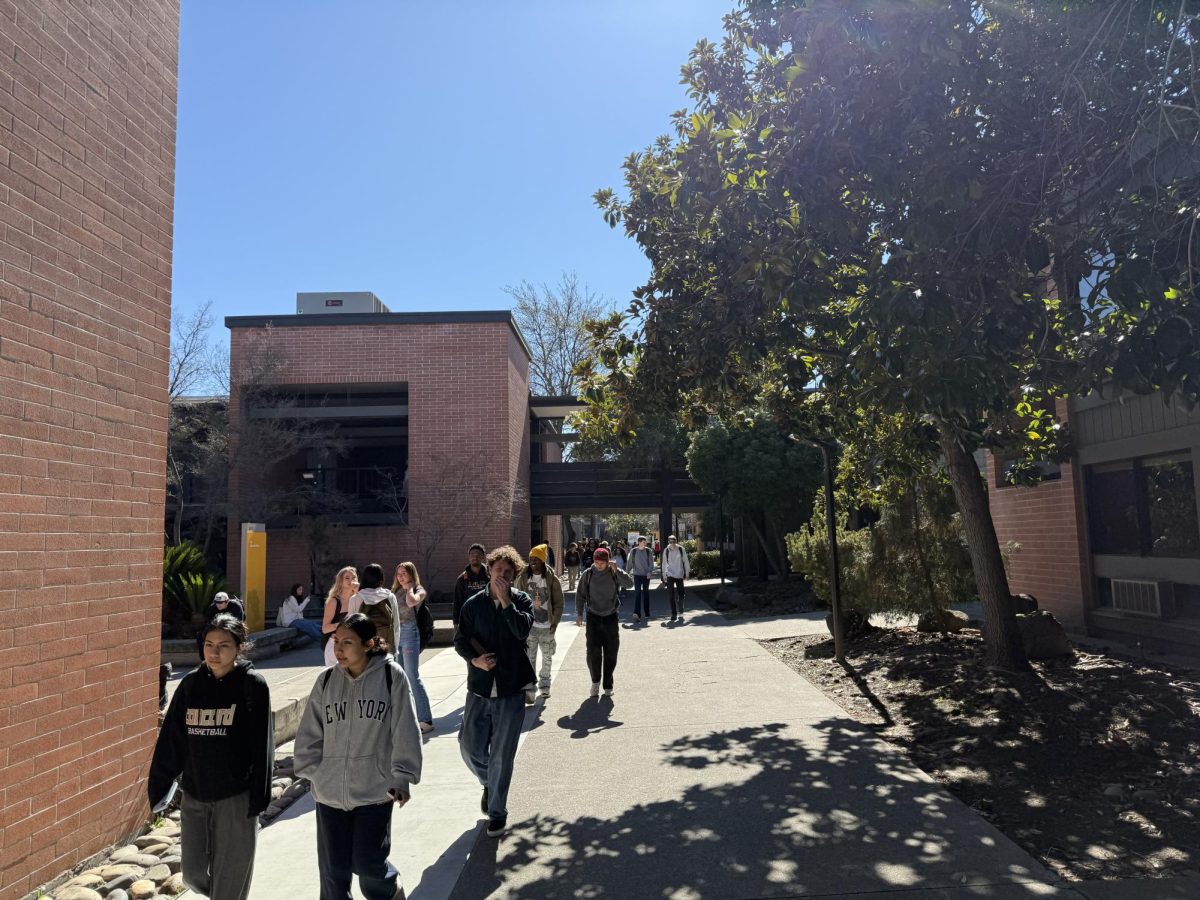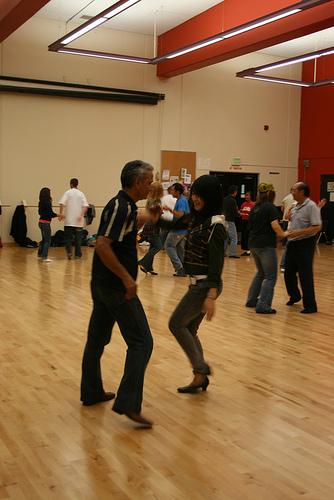Students will soon search for spring semester and summer classes only to find their choices narrowed by 148 sections, as DVC scrambles to make up $500,00 of a $2.8 million deficit in the current school year.
And it will be even worse in fall 2010, when the total number of eliminated sections is likely to grow to about 270, said Susan Lamb, vice president of instruction.
In a series of meetings with Lamb, department chairs and deans agreed to abide by the state chancellor’s recommendation “to protect core instruction in basic skills, transfer and workforce training” in grappling with sharply reduced funding in the wake of the state’s budget crisis.
As a result, the spring and summer schedules reflect a 50 percent cut in “stand-alone” classes, so called because they are not transferable or lead to a certificate or degree.
In addition, each of DVC’s academic divisions, as well as counseling, the library and the San Ramon Center cut and additional 1.6 percent.
The English division and its ESL program did not lose any stand-alone classes due to the school’s decision to preserve core curriculum and basic skills, Lamb said.
“We’re keeping our core curriculum intact so those students who need those classes in order to progress will have them,” she said.
In contrast, the 50 percent cut hit the Applied and Fine Arts division harder, since it had many stand-alone courses among its art, drama and music offerings.
“What we do has changed,” Lamb said. “No longer are we really looking at life-long learning.
“No longer are we fulfilling all those different roles that community colleges have fulfilled in the past.”
In all, six drawing and art history classes were cut. Studio classes enroll around 25 to 30 students, while lecture classes can accommodate 45.
Faced with a 6.8 percent reduction in schedule, art department chair Michele Krup said some transferable, high-enrollment courses were also cut.
“People will have to be more patient … and sign up for electives that might not be at their optimal time,” Krup said.
“Stand-alone” classes were also part of the drama program’s summer courses, said department chair Ed Trujillo. These summer classes not only served to recruit students but allowed instructors to test experimental programs, he said.
“We would like to offer them again,” Trujillo said. “That’s the core part of the program – we get to experiment.”
Despite the cuts, Trujillo said the drama program will remain strong.
“We still have one of the best theater programs in the area,” he said. “We’re going to weather this.”
Owen Lee, music department chair, said that nine music sections will be cut from the spring and summer schedules. One beginning guitar and the only jazz piano course will be eliminated for the spring, while the summer program takes a larger hit.
Using this strategy, the department hopes to lessen the impact of the cuts. “Our main goal is to maintain our program’s integrity,” Lee said.
Although every math class is transferable or can be used toward a certificate, the math department had to cut 18 hours of classes. Department chair Cheryl Wilcox estimated that 400-500 students will be affected.
Around four to five classes were cut, while others, such as Math 75, 110, and 120 were transformed into “self-paced” online courses.
“A lot of students in Math 75 just need to review that math quickly and move on, “Wilcox said.
Consequently, the instructional assistants assigned to each Math 75 course will be replaced by a single tutor who will work 16 hours per week to help students in this course.
Wilcox said the math lab will also lose hours, as well as tutors, even as it struggles to make up for math tutoring previously provided by Disabled Student Services, EOPS and other specially funded programs.
In the physical education department, Dean Christine Worsley said 13 classes, which made up 10 percent of the department’s course schedule, were eliminated. Also cut were courses with multiple sections and low enrollment, such as yoga, swimming, aerobics, beginning tennis, beginning salsa and ballroom dance.
Worsely said the department made the cuts in anticipation they would be demanded by the state chancellor’s office.
“As much as we are talking about cuts,” Worsley said, “we are also talking about reinvention…to look different and more appealing to the students we serve.”









































































